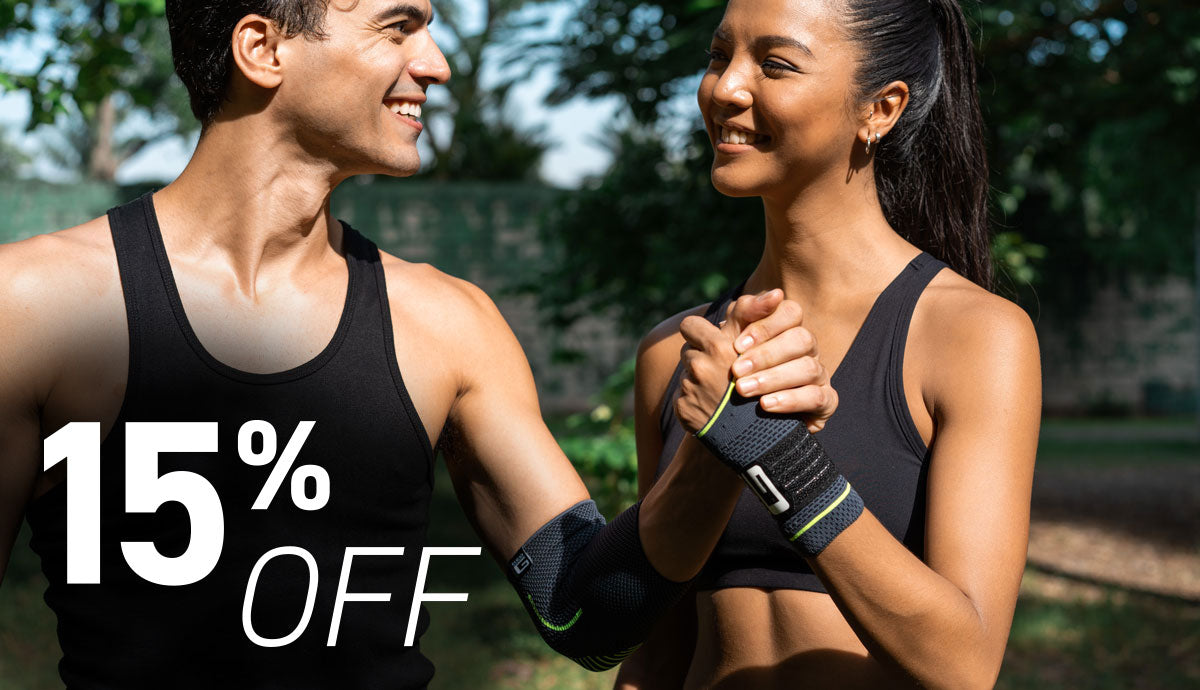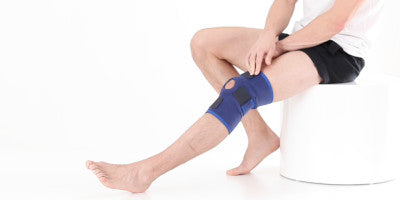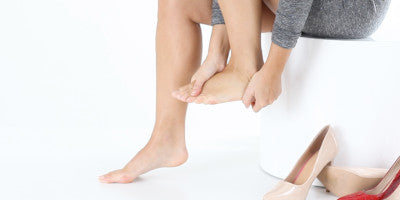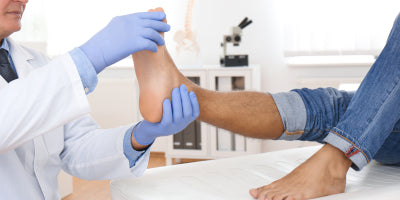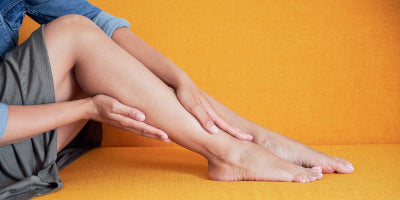A New Positivity For Arthritis Sufferers

When you received your diagnosis of osteoarthritis, did the outlook seem pessimistic? Was it described to you as a wear-and-tear disease and that progression to needing joint replacement surgery was inevitable? We are here to tell you that with the correct internationally recommended front-line treatment of education and exercise, undertaken with positivity, optimism and persistence, you can delay surgery.
Outdated Pessimism
A recent study conducted in 2020 has described an outdated narrative which presents Osteoarthritis (OA) as a wear-and-tear disease with an inevitable progression to joint replacement surgery. Due to the incurable nature of OA and its negative prognosis, some clinicians attribute it to a low priority and pay little attention to ways in which you may be able to prevent surgery.
The lack of appropriate first-line care can leave you thinking that there is little point in undertaking lifestyle changes, particularly if the messaging you’re receiving is that OA lacks any real hope of improvement. Research actually indicates that GP’s beliefs, attitudes, clinical practice constraints and the absence of a systematic approach to the implementation of recommended OA treatments has an influence on your decision-making about OA treatment options.
A Positive Outlook
Some GPs and Physiotherapists believe that knee osteoarthritis can be managed successfully by conveying optimism and hope. Being motivated and persistence in exercising and/or weight loss, may help in delaying, or in some cases even prevent surgery. It has been suggested that you should be physically active within your pain limits, which means that you should stop or lower your activity intensity when you experience a level of pain that you cannot continue at. This should not be confused with stopping completely when any amount of pain is felt.
Additionally, education should be provided to you that is relevant to your current condition. With the emergence of correct peer reviewed clinical information that is now available, many people who have osteoarthritis already have a level of understanding of the condition but are unsure on why they are asked to do exercise therapy.
The first-line intervention for osteoarthritis should be patient education, exercise therapy and weight management – all undertaken with hope, optimism and positivity to try and remove the previously established pessimistic and hopeless narrative surrounding osteoarthritis.
You can help with arthritis symptoms through exercise, and you can delay surgery by being active with arthritis.
Exercises for Arthritis
Exercise therapy and weight management are the cornerstones of a successful treatment plan, but what is also key to your motivation is understanding why you should be exercising and what those exercises are doing to help you. Below are a number of exercises advised by our in-house physiotherapist for different areas of the body and reasons why these are beneficial, but this is not an exhaustive list. You can also look out for local groups that offer arthritis specific group fitness classes lead by qualified instructors. These can be a great way of motivating yourself and supporting others who may be at various points of their arthritis journey.
Exercise for the Knee
Quadricep strengthening:
- Sitting with your legs stretched out straight in front of you, place a rolled-up towel underneath one of your knees.
- Concentrate on straightening your leg while pushing the back of your knee into the towel
- Pull your foot towards you so that your heel lifts off the floor.
- Hold this position for 5 seconds, if you can’t hold for the full 5 seconds hold for as long as possible
- Relax for 5 seconds and then repeat 10 times before moving on to the other leg
Why is this beneficial:
This exercise is great for strengthening the stabilising muscles of the knee and encouraging the knee joint to be in a fully straight position. This is crucial for maintaining mobility in the knee joint and by strengthening the surrounding muscles you can take pressure off the joint resulting in a reduction in pain.
Exercise for the Hip
Standing Hip adduction:
- Have something solid to hold onto at around hip height. Stand next to the object side on with one hand holding the object for support.
- Lift your leg up straight to the side away from your body, ensuring your body is straight throughout the movement.
- Hold this position for 5 seconds, if you can’t hold for the full 5 seconds hold for as long as possible
- Repeat 5 times then move onto the other leg.
Why is this beneficial:
This exercise is beneficial for both maintaining strength in the muscles that allow the leg to move sideways as well as working on balance for the leg that is kept on the floor. By working on both, you help to maintain a level of mobility in the hip joint that is required for everyday tasks such as climbing the stairs. Also, if strength is lost in the muscles that surround the hip joint, then other structures will try to take the strain which can result in further pain later. The exercise is also easy to progress by simply using resistance bands. These come in varieties of strengths meaning it’s a great way to see progression and keep motivation high for individuals.
Exercise for the Ankle
Wall Push/Calf Stretch:
- Place your hands at shoulder height on a wall with your body facing the wall.
- Place one foot in front of the other so that there is a bend in your front leg, but your back leg is straight.
- Bend the front knee towards the wall ensuring that the heel of the back leg remains on the floor. Continue to bend the front leg forward until you feel a stretch in the calf muscle of the back leg.
- Once tight hold the position for 10-15 seconds and then relax.
- Repeat 2-3 times and then switch legs
Why is this beneficial:
This stretch is particularly important for you to maintain the required range of motion in the ankle joint for you to walk safely. One way the body will naturally try to relieve arthritis pain in the ankle and foot is raising the heel and putting less pressure through that foot which over time will shorten the calf muscle at the back of the leg. When you bring your toes up towards your feet the calf muscle is stretched and if this muscle becomes shorter it will limit how far you can bring the toes up. If you cannot get back to a neutral position e.g.: foot flat on the floor with the leg at a 90-degree angle then you run the risk of tripping when you walk as the toes will be pointed down.
Exercise for the Wrist and Fingers
Finger strengthening:
- Place a towel or tissue that is wider than your hand on a table.
- Place your hand over the towel and stretch your fingers as wide apart as possible.
- Press down into the table and bring your fingers together so that the towel bunches between the fingers. Hold the position for a couple of seconds
- Relax and repeat, each time trying to get the fingers further apart before bringing back together
Hand/ Grip strengthening:
- Start as per the finger strengthening exercise above.
- Press down into the table and bring your fingers together to form a fist shape with the towel bunched inside your hand
- Hold the position for a couple of seconds
- Relax and repeat, each time ensure to get back to the start position with fingers straight and apart
Why is this beneficial:
Along with knees, hands are one of the most common areas that arthritis will affect that you will notice in everyday life. These two exercises help to work on your grip strength when holding the towels, while also working on stretching and maintaining range of motion in the fingers. Both of these areas are crucial for maintaining independence in everyday life so it’s vital these are worked on regularly as part of your normal daily exercise routine.
Whilst we understand how painful arthritis can be and that it is unfortunately incurable, we hope we have shown you that there are ways in which you can ease symptoms and hopefully delay or even prevent surgery. It was important to us to stress in this blog that your outlook and mental attitude can have physical repercussions. To that end, we hope that you maintain a positive mental attitude and that these exercises help relieve your symptoms. As always, we recommend you seek advice from your GP or Physiotherapist, and don’t be afraid to ask questions to understand your treatment plan.
